Snowblower not starting is a common issue. After storing a snowblower all summer, it takes a little more effort to start it again in winter, especially if it has been sitting with a stable fuel all along. But winters in snowy regions without a snowblower are a nightmare.
After all, if the snow piles up and blocks all your driveway and door, how will you manage? But starting a snowblower does not have to be that difficult if you follow this guide to the hilt because we will guide you through the entire process.
Let us begin.
1. Prepare Your Snowblower
When you are using it after a long gap, the first thing you need to do is drain the old, stale fuel sitting in the tank for the entire summer and replace it with fresh fuel and add a stabilizer. Stale fuels block the engine and make it impossible for you to start your machine.
2. Check All the Switches & Valves
Snowblowers have quite a few switches and valves that need to be in the right position for the machine to work. So, if even after adding fresh fuel and stabilizer, your machine is not working, then there are chances that you have missed out on a few switches or valves.
Here is a small checklist on the positions of the switches and the valves:
- Throttle to “High”
- Fuel shut-off valve to “Open.”
- Choke to “Full”
- Run switch to “On”.
Also, ensure that the ignition key is in place and your snowblower is on the “run” mode. These are a few simple things that people often forget and without this. your machine will not run.
3. Priming the Engine
Priming the engine is an important step to ensure that your snowblower starts working again. This is more important for equipment that has been stored in cold places. Your engine needs to warm up, and the best way to do it is to add a little fuel in the carburetor where it will be easily ignited and then press the primer bulb 4 to 5 times. It will take a couple of tries, but the engine will be ready for ignition.
4. Check If Your Carburetor Is Clogged or Not
A clean carburetor is important for your snowblower to work, but sometimes, the sticky remains of the stale oil are left inside, and it clogs the carburetor. This stops you are snowblower from functioning. In this case, you need to clean it up.
First. you need to locate the carburetor with the help of the equipment manuals that came with your snowblower. Once you locate it, you will have to remove the fuel bowl to access the emulsion tube and the main jet.
Then, you need to take your carburetor cleaner and spritz it into the center until every small hole is unclogged. Once this is done, you can screw back all the parts and prime the engine a couple of times, and your snowblower would be ready for use.
5. Check Out the Fuel Line and Fuel Filter
Sometimes, a faulty fuel line can also be the reason why your snowblower is not starting. In this case, you should check if the fuel line is cracked or is leaking from any place. Apart from cracks and leakage, you should also check if it is as pliable and flexible as it should be.
If it is hard and then there are chances of cracks and tears soon. Hence you need to get them replaced immediately.
6. Inspect the Spark Plug
If your snowblower is not starting, then there are high chances that your spark plug is damaged. To check that, you need to disconnect the spark plug wire and access the spark plug. Take the help of a deep screw wrench and unscrew the plug to get a closer look.
If you find a carbon deposit on the spark plug, use a carburetor cleaner to clean it up. But in case the carbon deposits are way higher, or if you spot some damages in the ceramic insulator or the electrode, you will have to get a new spark plug.
Even without damage, it is recommended that you get your spark plug changed every season. Once you put the new spark plug back in place, your snowblower will probably start working again.
These are the six common problems you face with your snowblower once you take it out during the winter after storing it for the entire summer. Generally, it is advisable not to keep your snowblower in extremely cold conditions because that can further hamper the engine’s efficiency and its ability to Ignite.
But unless it is some serious issue, this small guide is enough for you to restart your snowblower and enjoy a comfortable winter.

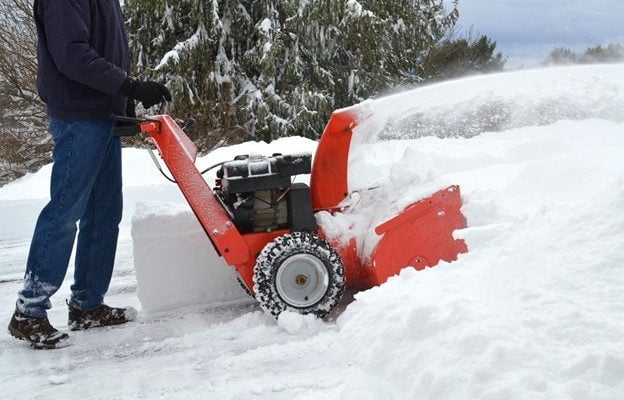
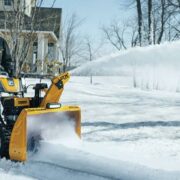
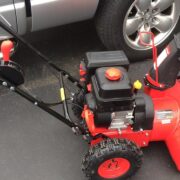

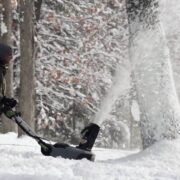


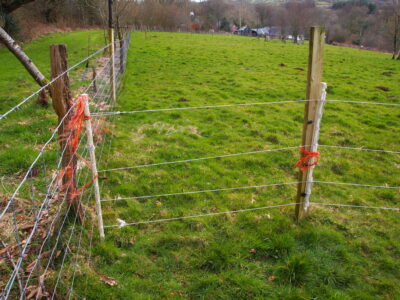
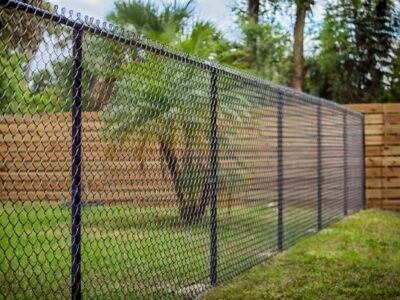
Comments